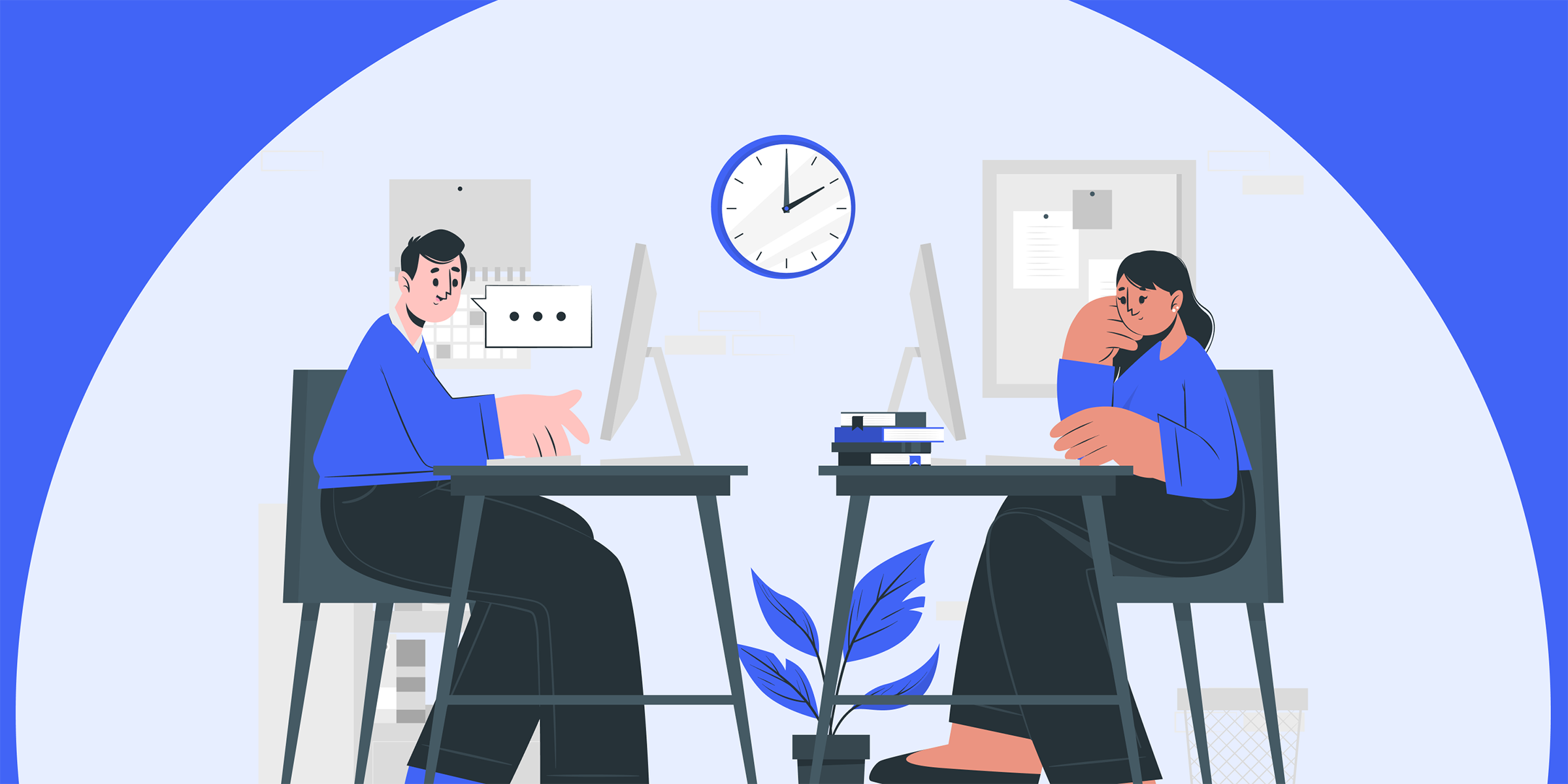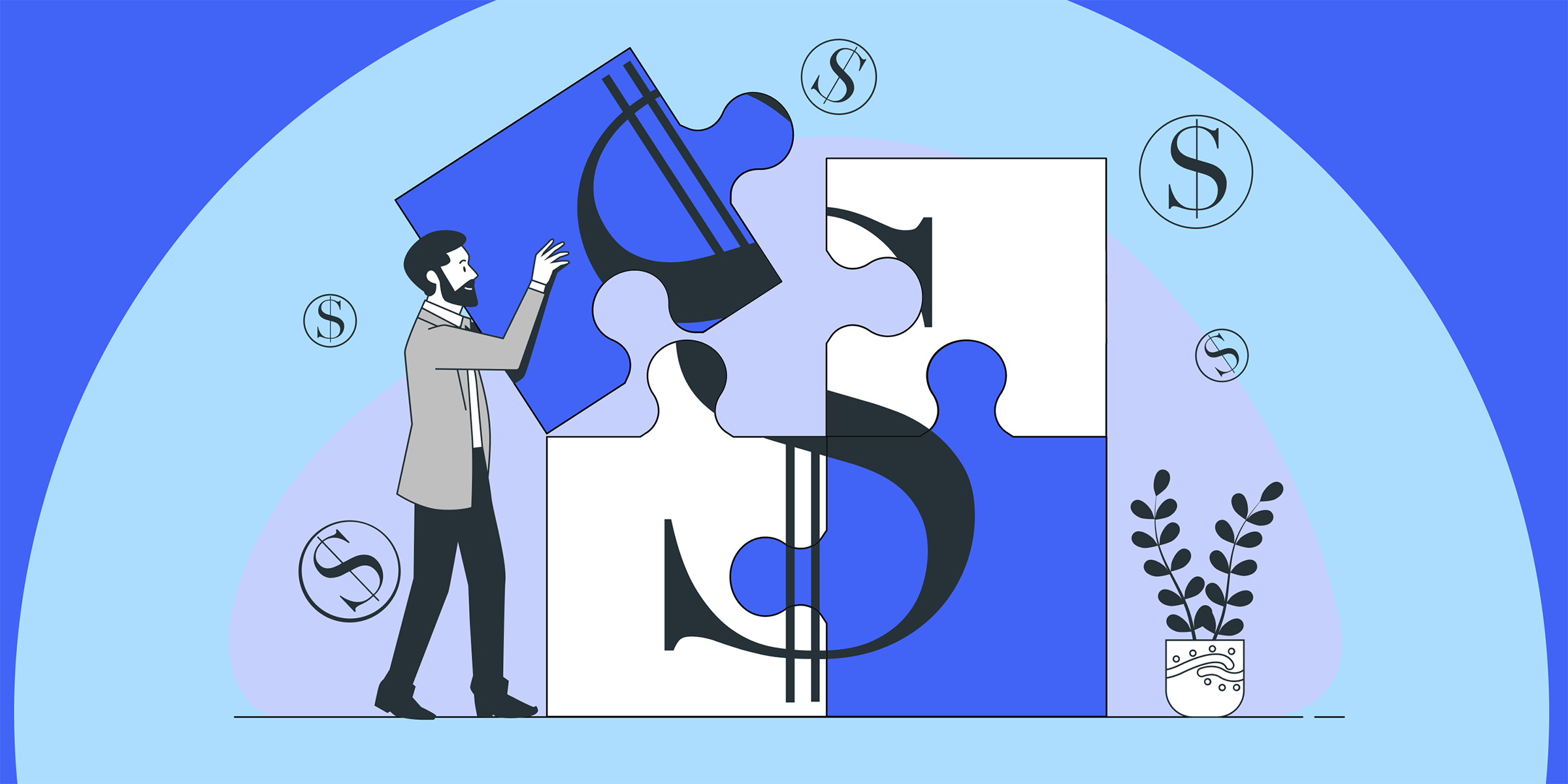Residential Proxies
Allowlisted 200M+ IPs from real ISP. Managed/obtained proxies via dashboard.

Proxies Services
Residential Proxies
Allowlisted 200M+ IPs from real ISP. Managed/obtained proxies via dashboard.
Residential (Socks5) Proxies
Over 200 million real IPs in 190+ locations,
Unlimited Residential Proxies
Unlimited use of IP and Traffic, AI Intelligent Rotating Residential Proxies
Static Residential proxies
Long-lasting dedicated proxy, non-rotating residential proxy
Dedicated Datacenter Proxies
Use stable, fast, and furious 700K+ datacenter IPs worldwide.
Mobile Proxies
Dive into a 10M+ ethically-sourced mobile lP pool with 160+ locations and 700+ ASNs.
Scrapers
Collection of public structured data from all websites
Proxies
Residential Proxies
Allowlisted 200M+ IPs from real ISP. Managed/obtained proxies via dashboard.
Starts from
$0.6/ GB
Residential (Socks5) Proxies
Over 200 million real IPs in 190+ locations,
Starts from
$0.03/ IP
Unlimited Residential Proxies
Unlimited use of IP and Traffic, AI Intelligent Rotating Residential Proxies
Starts from
$1816/ MONTH
Rotating ISP Proxies
ABCProxy's Rotating ISP Proxies guarantee long session time.
Starts from
$0.4/ GB
Static Residential proxies
Long-lasting dedicated proxy, non-rotating residential proxy
Starts from
$4.5/MONTH
Dedicated Datacenter Proxies
Use stable, fast, and furious 700K+ datacenter IPs worldwide.
Starts from
$4.5/MONTH
Mobile Proxies
Allowlisted 200M+ IPs from real ISP. Managed/obtained proxies via dashboard.
Starts from
$1.2/ GB
Scrapers
Web Unblocker
Simulate real user behavior to over-come anti-bot detection
Starts from
$1.2/GB
Serp API
Get real-time search engine data With SERP API
Starts from
$0.3/1K results
Scraping Browser
Scale scraping browsers with built-inunblocking and hosting
Starts from
$2.5/GB
Documentation
All features, parameters, and integration details, backed by code samples in every coding language.
TOOLS
Resources
Addons
ABCProxy Extension for Chrome
Free Chrome proxy manager extension that works with any proxy provider.
ABCProxy Extension for Firefox
Free Firefox proxy manager extension that works with any proxy provider.
Proxy Manager
Manage all proxies using APM interface
Proxy Checker
Free online proxy checker analyzing health, type, and country.
Proxies
AI Developmen
Acquire large-scale multimodal web data for machine learning
Sales & E-commerce
Collect pricing data on every product acrossthe web to get and maintain a competitive advantage
Threat Intelligence
Get real-time data and access multiple geo-locations around the world.
Copyright Infringement Monitoring
Find and gather all the evidence to stop copyright infringements.
Social Media for Marketing
Dominate your industry space on social media with smarter campaigns, anticipate the next big trends
Travel Fare Aggregation
Get real-time data and access multiple geo-locations around the world.
By Use Case
English
繁體中文
Русский
Indonesia
Português
Español
بالعربية

Web Scraping vs Web Crawling: Understanding the Differences
In the realm of data extraction from the web, two common terms that often come up are web scraping and web crawling. While these terms may seem interchangeable at first glance, they actually refer to distinct processes with different purposes and methodologies. In this blog post, we will delve into the nuances of web scraping and web crawling, highlighting their differences, use cases, and best practices.
Web scraping is the process of extracting specific information from websites. It involves fetching and parsing the HTML of a web page to extract the desired data, such as product prices, news articles, or contact details. Web scraping is typically targeted and focused, aiming to retrieve particular data points from multiple web pages efficiently.
- **Targeted Data Extraction:** Web scraping is used to extract specific information from websites, such as email addresses, product descriptions, or pricing details.
- **Automation:** Web scraping is often automated using specialized tools or scripts to streamline the data extraction process.
- **Customizability:** Web scraping allows users to customize the extraction process based on their specific requirements, filters, and parameters.
- **Price Monitoring:** E-commerce businesses use web scraping to monitor competitors' prices and adjust their pricing strategies accordingly.
- **Market Research:** Analysts leverage web scraping to gather data on consumer trends, sentiment, and product preferences from various websites.
- **Content Aggregation:** News aggregators use web scraping to collect headlines and articles from multiple news sources for display on their platforms.
- **Data Legality:** The legality of web scraping can be murky, as scraping copyrighted or protected content without permission may violate terms of service.
- **Website Changes:** Websites frequently update their structure, which can break web scraping scripts and require constant monitoring and maintenance.
- **IP Blocking:** Websites may block IP addresses that are detected engaging in scraping activities, leading to access restrictions.
Web crawling, on the other hand, is a broader process of systematically browsing the internet to index and update information on web pages. Search engines like Google utilize web crawling to discover new pages, update existing ones, and build a comprehensive index of the web for search purposes.
- **Systematic Indexing:** Web crawling involves systematically browsing the internet to index web pages and update search engine databases.
- **Discovering New Pages:** Web crawlers follow links from one page to another, discovering new content and pages to include in search engine results.
- **Recency:** Web crawling ensures that search engine databases are up-to-date by revisiting and indexing web pages at regular intervals.
- **Search Engine Indexing:** Search engines like Google use web crawling to index web pages and deliver relevant search results to users.
- **Website Health Monitoring:** Webmasters use web crawlers to monitor broken links, accessibility issues, and overall website health.
- **Content Updates:** Web crawlers help track changes on websites, ensuring that search engine results reflect the most recent information available.
- **Crawl Budget:** Web crawlers have a limited crawl budget, meaning they can't crawl every page on the internet, which can impact indexing.
- **Duplicate Content:** Web crawlers may encounter duplicate content issues, affecting search engine rankings and user experience.
- **Crawl Errors:** Web crawlers may face obstacles like infinite loops, slow-loading pages, or blocked content, leading to incomplete indexing.
- **Respect Robots.txt:** Both web scraping and web crawling should abide by the directives in a website's robots.txt file to ensure ethical data extraction.
- **Use Proxies:** Rotating IP addresses through proxies can help avoid IP blocking and distribute requests, enhancing data collection efficiency.
- **Monitor Changes:** Regularly monitor websites for structural changes that may affect scraping scripts or crawling processes, and adapt accordingly.
- **Data Usage Compliance:** Ensure compliance with data protection regulations and website terms of service when extracting and using data obtained through scraping or crawling.
In conclusion, web scraping and web crawling are essential techniques for extracting data from the web, each serving distinct purposes in the realms of targeted data extraction and systematic web indexing. Understanding the differences between web scraping and web crawling, along with their respective use cases, challenges, and best practices, is crucial for leveraging these techniques effectively and ethically in the digital landscape. By mastering the art of web scraping and web crawling, businesses, researchers, and webmasters can harness the power of data to drive informed decision-making and optimize online strategies.
Featured Posts
Popular Products
Residential Proxies
Allowlisted 200M+ IPs from real ISP. Managed/obtained proxies via dashboard.
Residential (Socks5) Proxies
Over 200 million real IPs in 190+ locations,
Unlimited Residential Proxies
Use stable, fast, and furious 700K+ datacenter IPs worldwide.
Rotating ISP Proxies
ABCProxy's Rotating ISP Proxies guarantee long session time.
Residential (Socks5) Proxies
Long-lasting dedicated proxy, non-rotating residential proxy
Dedicated Datacenter Proxies
Use stable, fast, and furious 700K+ datacenter IPs worldwide.
Web Unblocker
View content as a real user with the help of ABC proxy's dynamic fingerprinting technology.
Related articles

Unleash the Power of ABCproxy: Seamless Ecommerce Data Scraping with Reliable Residential IPs
ABCproxy enables seamless ecommerce data scraping using reliable residential IPs. Discover how to enhance your scraping efficiency and accuracy.

Exploring the Differences Between Web Scraping and Web Crawling: A Comprehensive Guide
Web scraping and web crawling are two essential techniques in data extraction. While web scraping focuses on extracting specific data from websites, web crawling is about browsing the web for indexing purposes. Understanding the differences between these methods can greatly benefit your data collection strategies. Learn more about web scraping vs web crawling in this informative blog post.